Home>Ideas and Tips>Home Office Ergonomic Keyboard Tray Comfortable Typing Solution
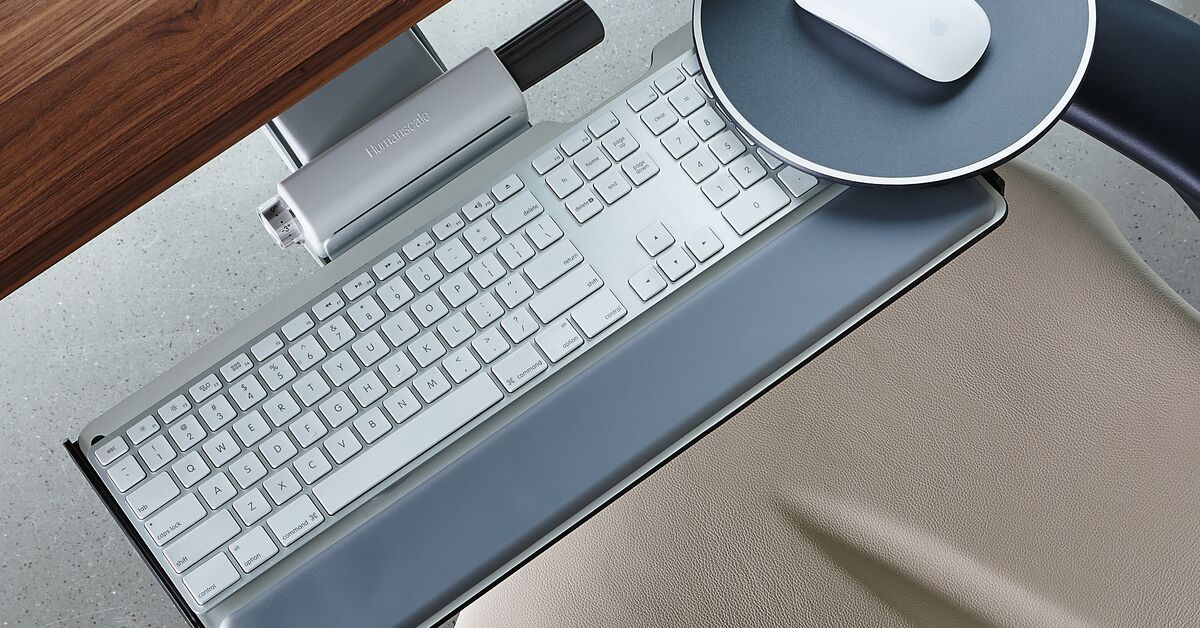

Ideas and Tips
Home Office Ergonomic Keyboard Tray Comfortable Typing Solution
Modified: October 27, 2024
Enhance your home office with an ergonomic keyboard tray for a comfortable typing solution. Reduce strain and boost productivity with proper posture.
(Many of the links in this article redirect to a specific reviewed product. Your purchase of these products through affiliate links helps to generate commission for Storables.com, at no extra cost. Learn more)
In today's fast-paced and technology-driven world, spending long hours at a desk typing away on a computer is a common reality for many of us. Whether you are an office worker, a student, or simply someone who enjoys spending time on their computer, it is crucial to prioritize your well-being and create a comfortable and safe workspace. One essential aspect of this is understanding the importance of ergonomics. In this article, we will delve into the topic of whether a keyboard tray is ergonomic, focusing on its role in promoting a healthy and efficient work environment.
Understanding Ergonomics
Ergonomics, in essence, is the science of designing and arranging equipment and tools in a way that maximizes efficiency, comfort, and overall well-being. Its primary goal is to minimize strain and stress on the body, particularly in the workplace, where we spend a considerable amount of time. Ergonomic design can greatly benefit office workers, protecting them from musculoskeletal disorders and promoting productivity.
The Importance of Ergonomic Design
Ergonomic design is not just about comfort; it is also about preventing injuries. Musculoskeletal disorders (MSDs) are common among office workers due to poor posture and repetitive strain. These disorders can range from simple discomfort to severe conditions like carpal tunnel syndrome and tendonitis. By incorporating ergonomic elements into your workspace, you can significantly reduce the risk of these injuries.
Key Components of Ergonomic Design
-
Proper Posture: Maintaining proper posture is crucial for comfort and health. This includes keeping your wrists and forearms in a neutral position, avoiding bending or twisting, and ensuring that your monitor is at eye level.
-
Adjustable Equipment: Adjustable equipment such as chairs, desks, and keyboard trays allows users to customize their workspace to fit their individual needs. This adaptability is essential for maintaining comfort and preventing strain.
-
Neutral Hand Position: When typing or using a mouse, it is important to keep your hands in a neutral position. This means avoiding bending your wrists up or down and keeping your elbows at a 90-degree angle.
The Role of a Keyboard Tray
A keyboard tray is a common addition to many workspaces, and its ergonomic features can significantly impact the comfort and health of the individual using it. Traditional keyboards are often placed directly on the desk, which can lead to awkward wrist and arm positioning, resulting in a variety of discomforts such as wrist pain, tendonitis, and carpal tunnel syndrome.
Advantages of Using a Keyboard Tray
-
Proper Alignment: A well-designed keyboard tray promotes proper posture by keeping the wrists and forearms in a neutral position. This reduces the risk of musculoskeletal disorders such as repetitive strain injuries.
-
Adjustability: Most keyboard trays come with adjustable features, allowing users to customize the height, tilt, and angle of the keyboard. This adaptability further enhances comfort and productivity.
-
Additional Workspace: A keyboard tray creates additional workspace on the desk surface, reducing clutter and allowing for a more organized and efficient work environment.
How to Choose the Best Ergonomic Keyboard Tray
Choosing the right ergonomic keyboard tray can be overwhelming with the numerous options available. Here are some key factors to consider:
-
Adjustability: Look for a tray that allows you to adjust the height, tilt, and angle of the keyboard. This customization is crucial for ensuring that your hands are in a neutral position.
-
Material and Build Quality: Ensure that the tray is sturdy and well-made. A heavy-duty tray will provide stability and durability.
-
Palm Rests: Some users prefer palm rests, which can help reduce strain on the wrists by providing support for the palms.
-
Mechanisms/Arms: Different mechanisms such as standard arms, above-the-desk arms, short arms, and double swivel arms offer various functionalities. Consider what will work best for your specific needs.
-
Pivot Points: A double swivel arm or lateral slider can be beneficial if you need to face different directions or move the tray side-to-side.
Common Problems with Keyboard Trays
While keyboard trays offer numerous benefits, they are not perfect for everyone's needs. Here are some common problems to consider:
-
Knee Clearance Issues: Under-desk keyboard trays can sometimes pose knee clearance issues, especially if the tray is bulky. Look for thin-profile trays that minimize space loss under the desk.
-
Limited Keyboard/Mouse Area: Some keyboard trays may be too small for full-size keyboards and mice. Consider larger setups or split keyboard designs if you need more space.
-
Awkward Setup: Users often set up their keyboard trays incorrectly, leading to discomfort and inefficiency. Ensure that you follow proper installation instructions and adjust the tray according to your needs.
-
Bounciness: Some keyboard trays can be bouncy, which can cause discomfort while typing or using the mouse. Look for trays with rigid mechanisms to avoid this issue.
-
Expenses: Ergonomic keyboard trays can sometimes be expensive. However, investing in a high-quality tray can save you money in the long run by preventing injuries and improving productivity.
Practical Tips for Using an Ergonomic Keyboard Tray
-
Positioning: Position your keyboard tray so that your hands are in a neutral position. The ideal height is typically 4-6 inches below the desk surface, allowing your elbows to rest comfortably at your side.
-
Negative Tilt: Tilt your keyboard tray downward slightly (negative tilt) to reduce strain on your wrists. The angle should be set between 11 to 15 degrees.
-
Monitor Placement: Ensure that your monitor is at eye level and directly in front of you to avoid straining your neck.
-
Regular Adjustments: Regularly adjust your keyboard tray to accommodate changes in your posture or typing style.
-
Combining with Other Ergonomic Accessories: Combine your keyboard tray with other ergonomic accessories like a wireless ergonomic keyboard and an ergonomic chair to create an optimized workspace.
Conclusion
In conclusion, an ergonomic keyboard tray is a key component that should not be overlooked when considering the overall ergonomic design of a workstation. By incorporating an ergonomic keyboard tray into your workspace, you can significantly enhance your comfort and productivity while reducing the risk of musculoskeletal disorders. With the right adjustments and considerations, you can create an ergonomically optimized workstation that supports your overall well-being.
Remember, an ergonomic workspace is key to a successful and pain-free work experience. By making wise choices and prioritizing your health, you can ensure that your home office remains a comfortable and efficient space for years to come.
Read more: 10 Keyboard Trays to Complement Your Desk
Additional Resources
For those looking to dive deeper into the world of ergonomic accessories, here are some additional resources:
-
Meetion's Guide on Ergonomic Keyboard Trays: This article provides a comprehensive overview of the benefits and features of ergonomic keyboard trays, including their role in promoting proper posture and reducing strain on the body.
-
Humanscale's Keyboard Tray Buying Guide: This guide offers detailed information on how to choose the best ergonomic keyboard tray, including different mechanisms and arms available.
-
BTOD's Top 6 Reasons to Buy an Ergonomic Keyboard Tray: This article highlights the benefits of using an ergonomic keyboard tray, including better posture, reduced strain on hands and wrists, and increased productivity.
By understanding the importance of ergonomics and incorporating the right tools into your workspace, you can create a comfortable and efficient environment that supports your overall well-being.
Was this page helpful?
At Storables.com, we guarantee accurate and reliable information. Our content, validated by Expert Board Contributors, is crafted following stringent Editorial Policies. We're committed to providing you with well-researched, expert-backed insights for all your informational needs.
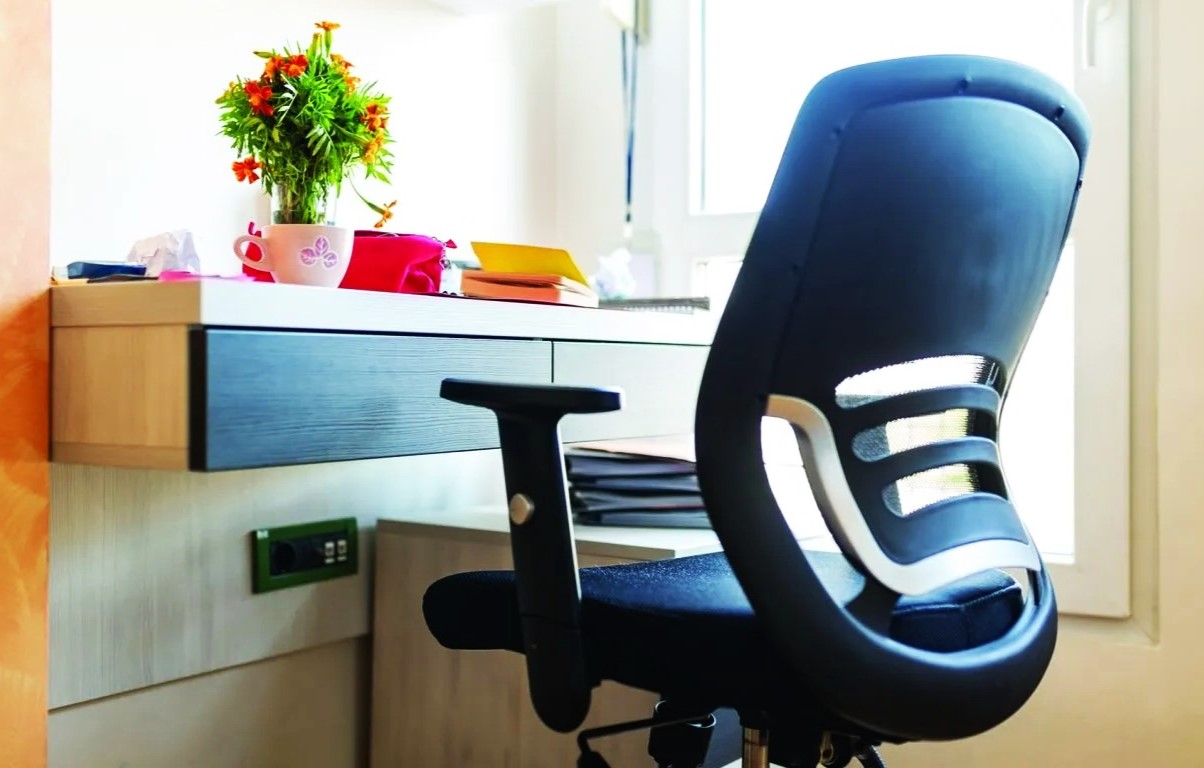

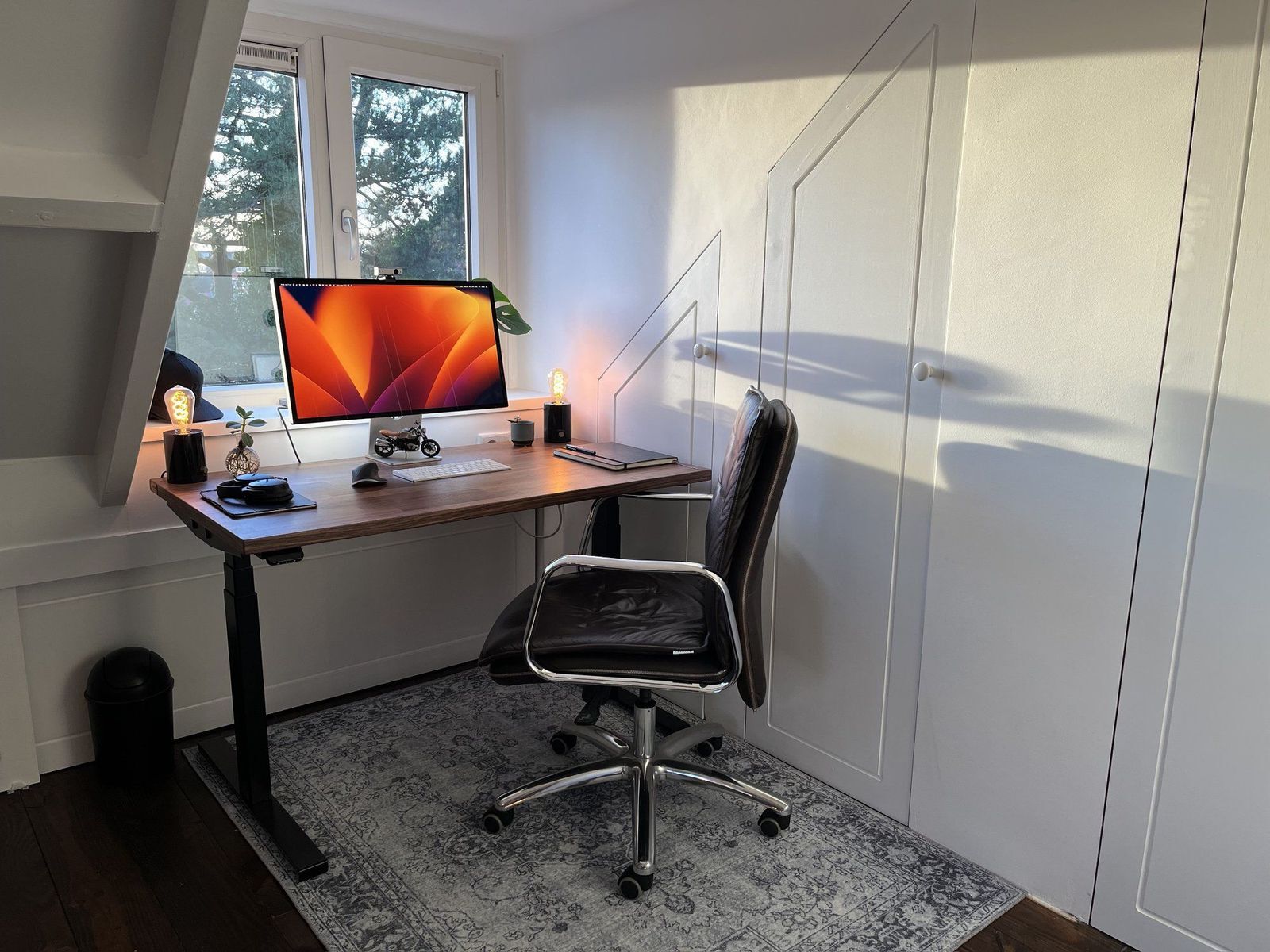
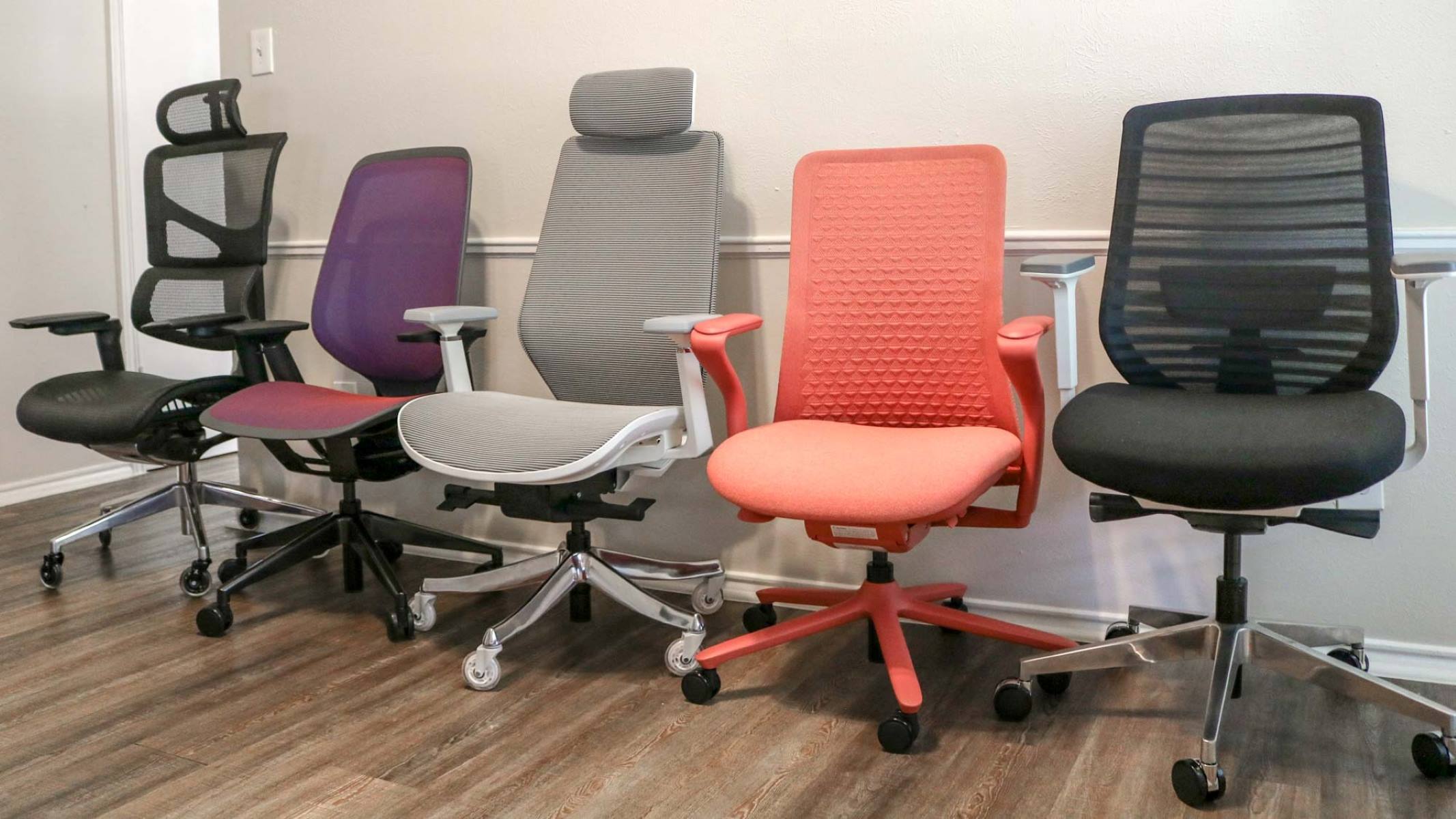
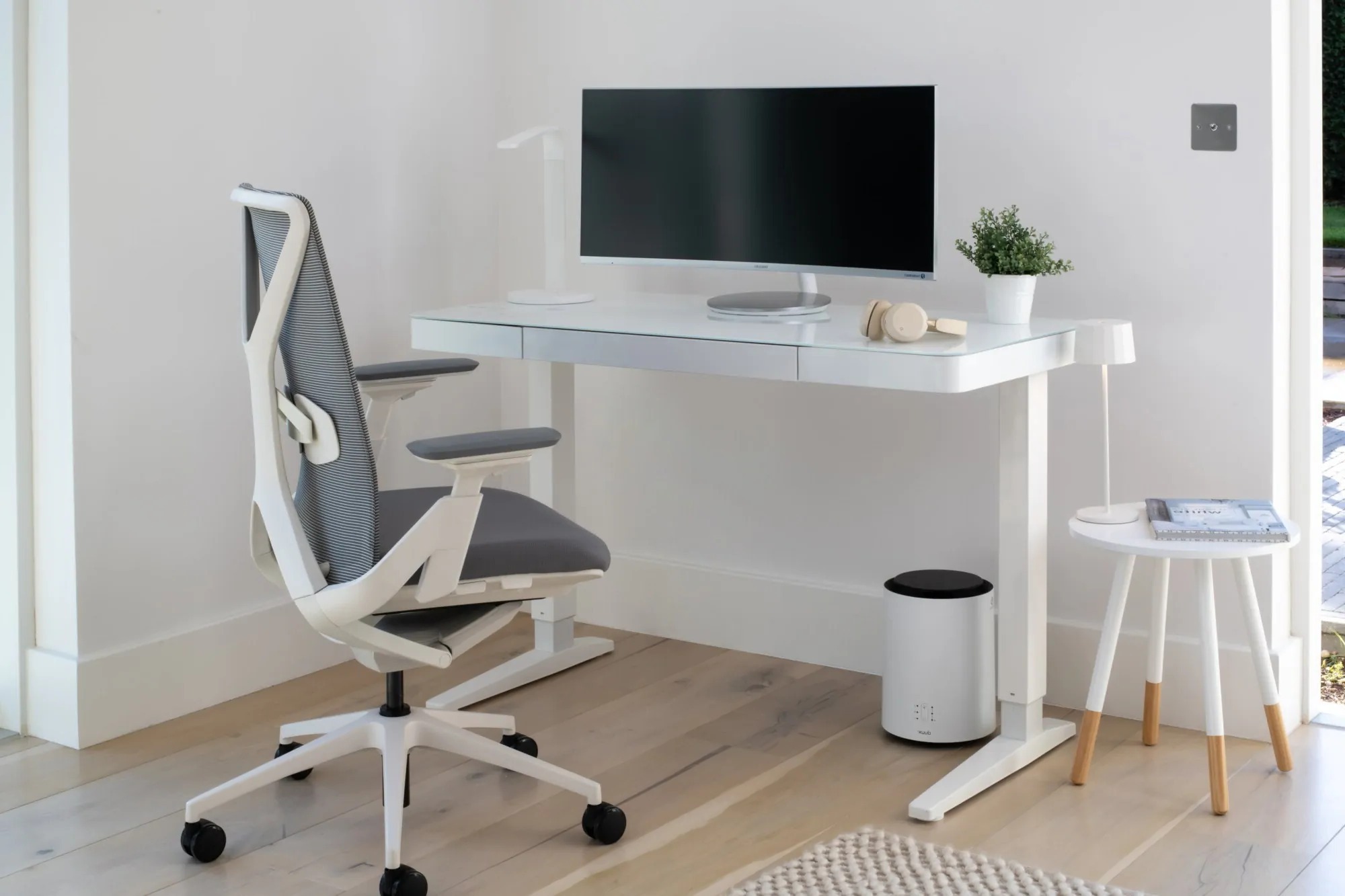

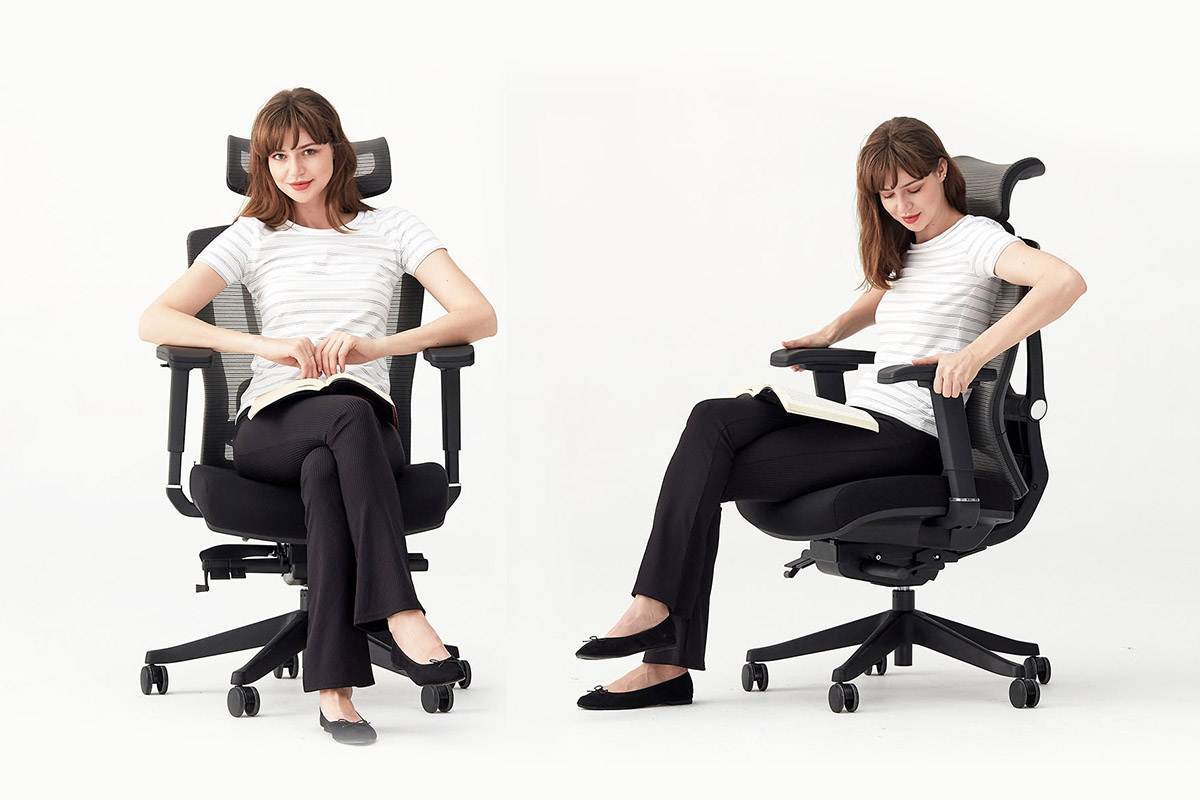




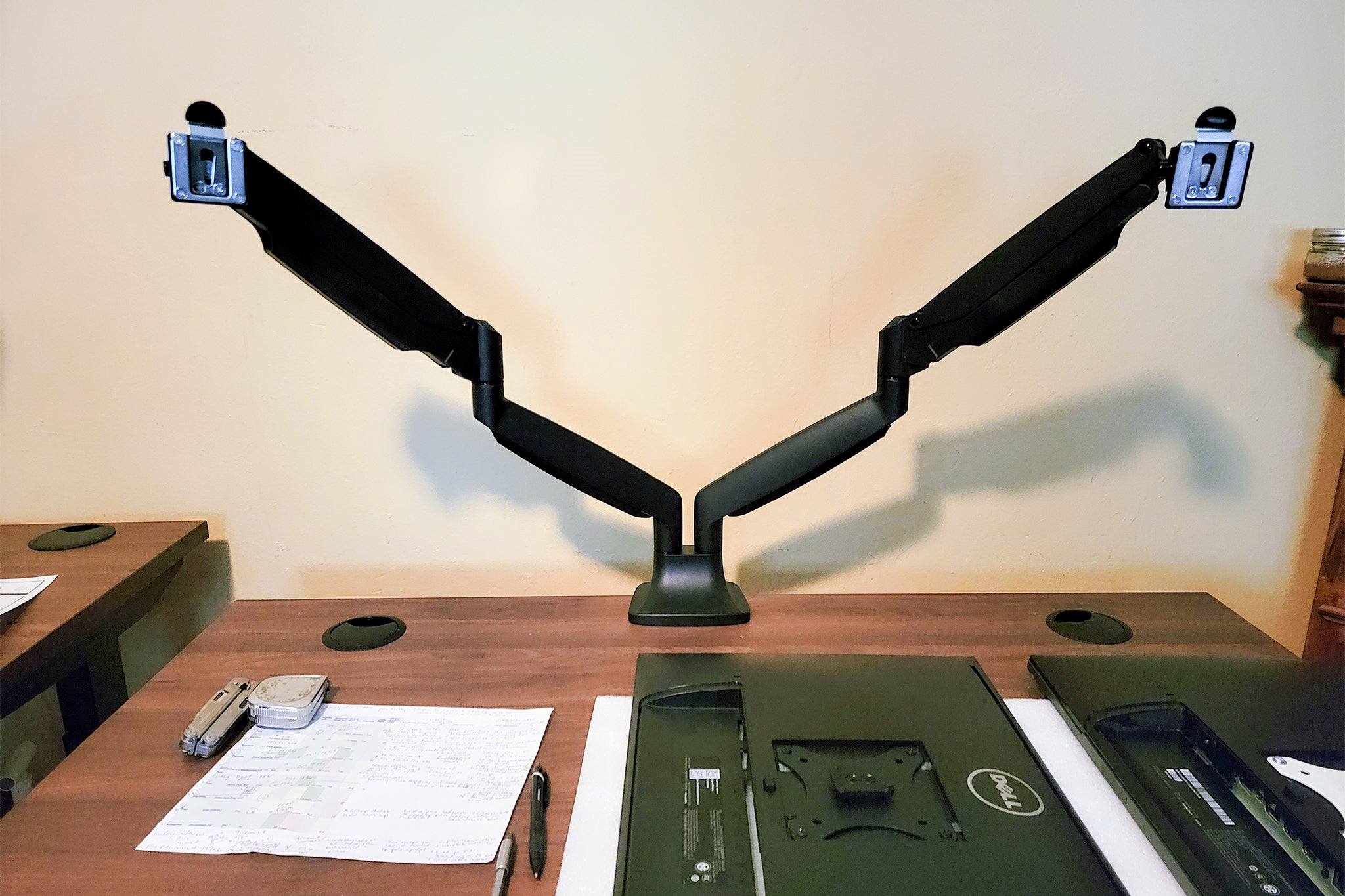

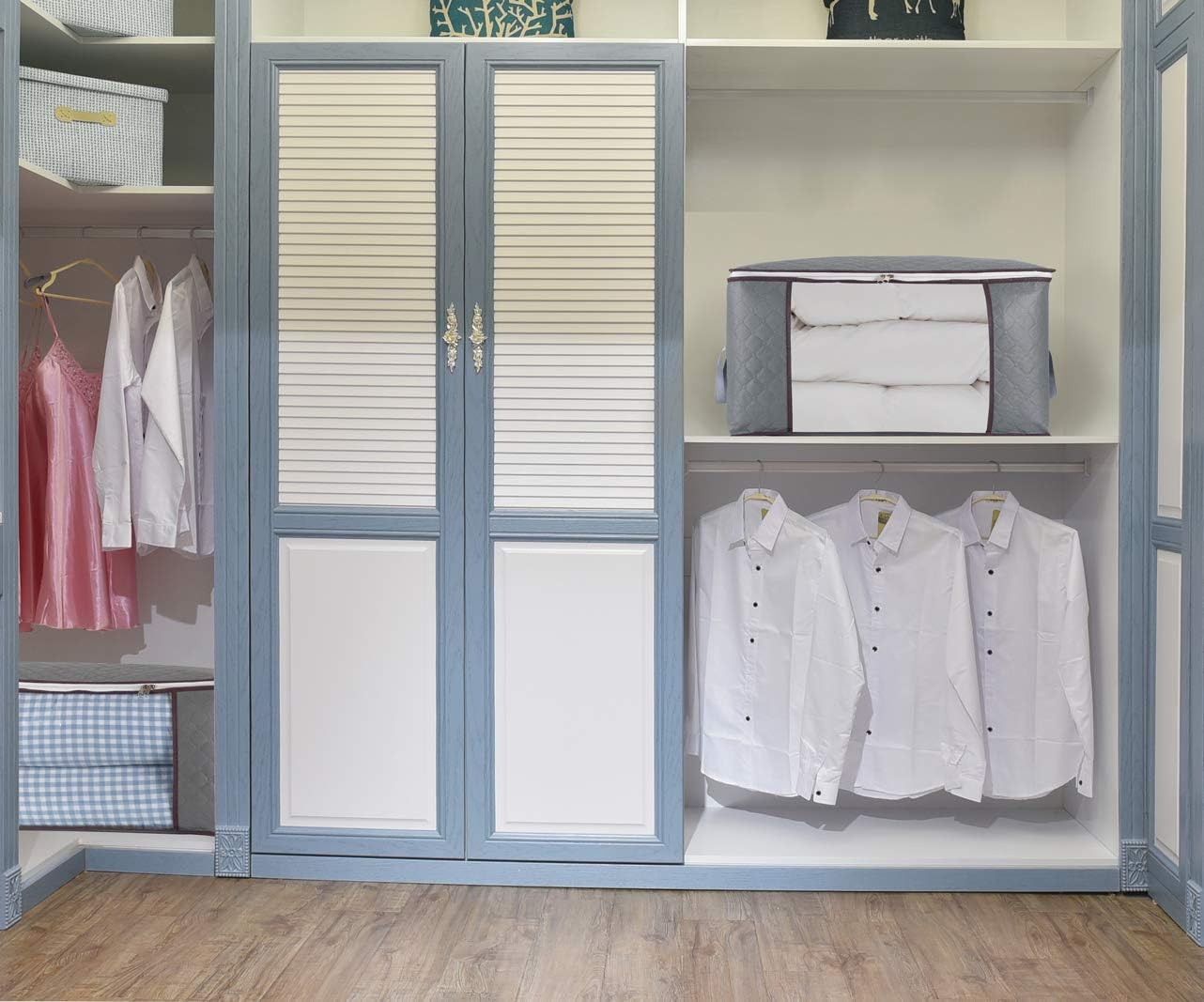

0 thoughts on “Home Office Ergonomic Keyboard Tray Comfortable Typing Solution”